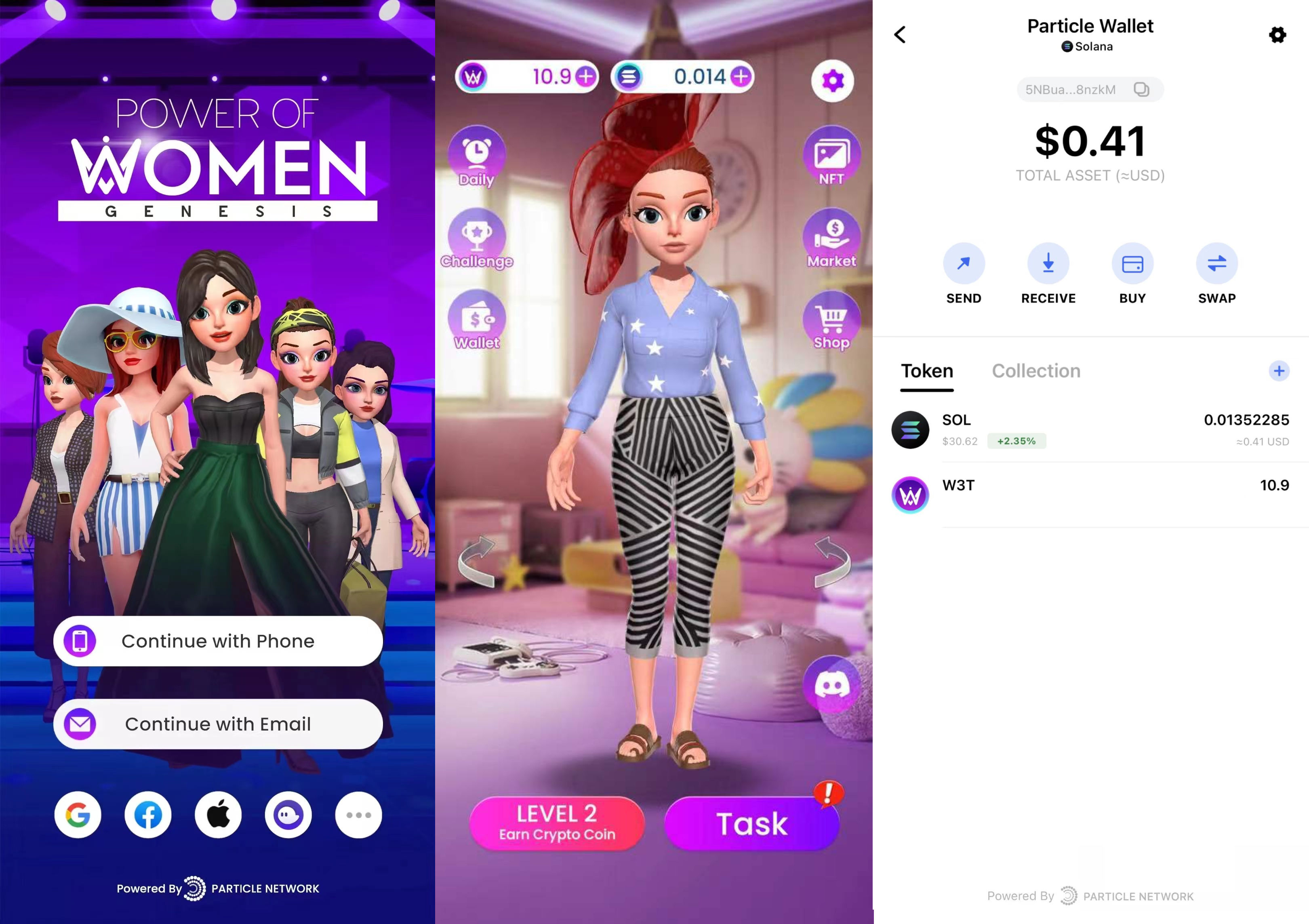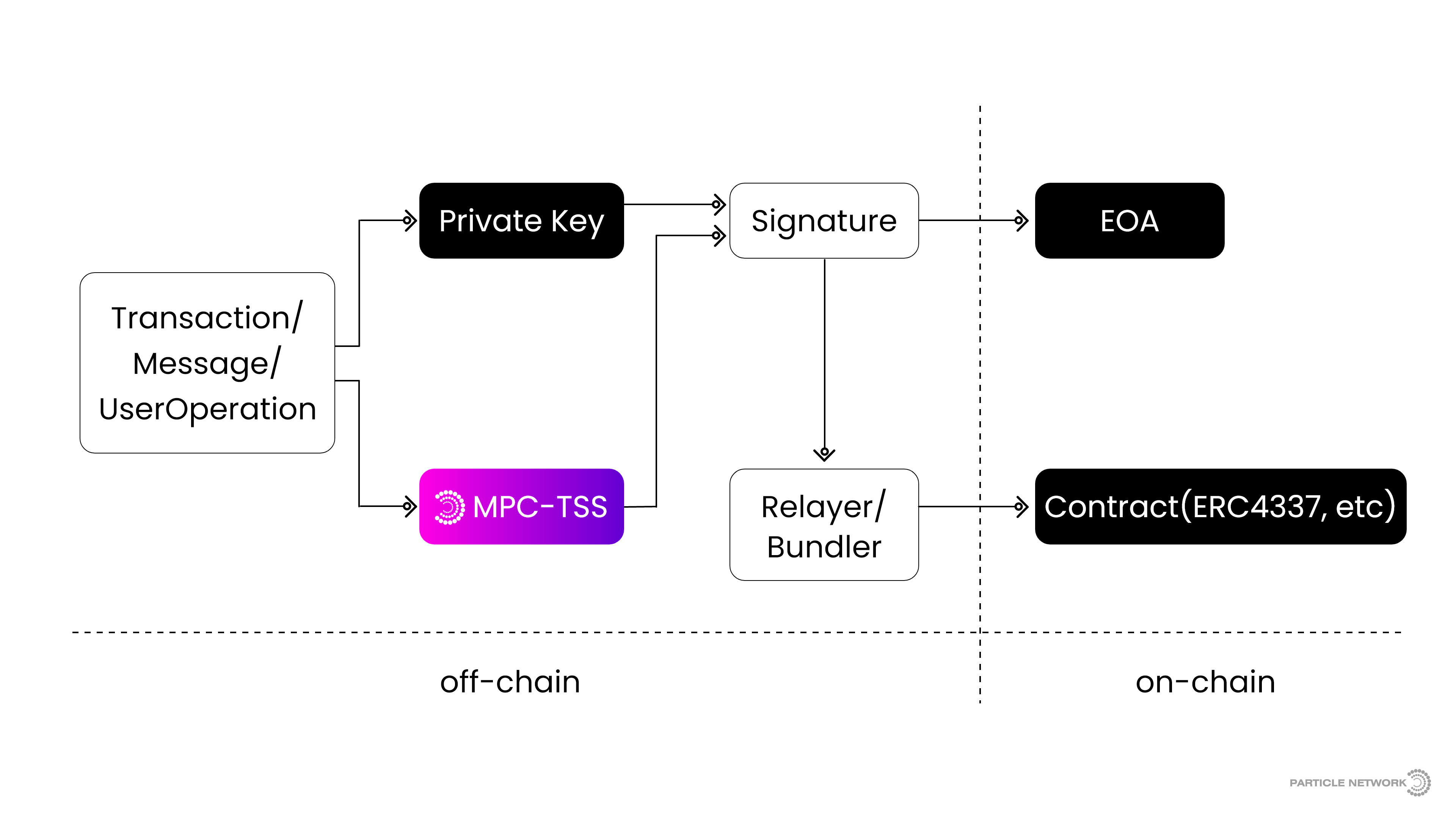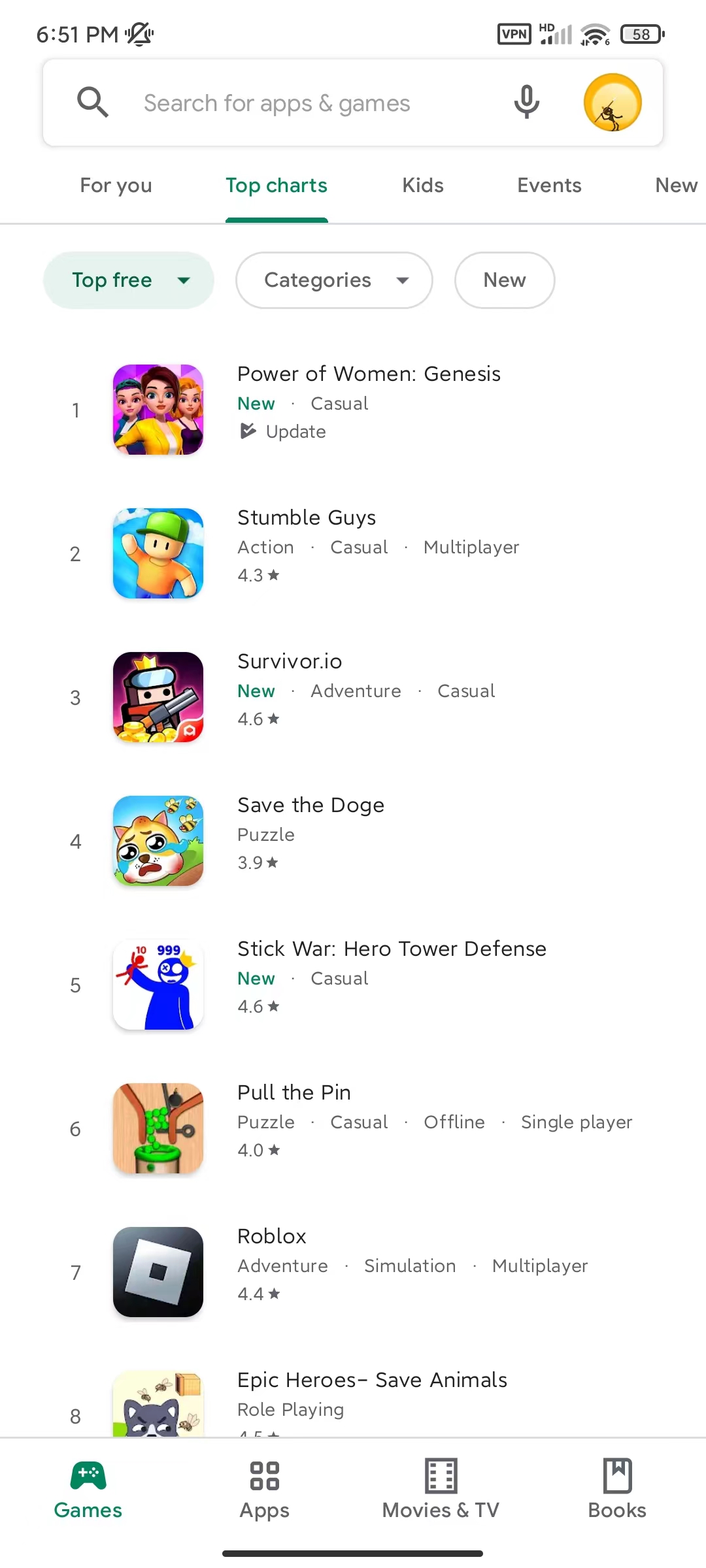The Web3 revolution has begun, but it seems that there are not as many users moving from Web2 to Web3 as we imagined.
Not long ago, Tomasz Tunguz, general manager of Redpoint Ventures, said at the DuneCon 2022 conference that the cumulative daily active users (DAU) of major public chains are about 2.5 million, while the Internet DAU is 5 billion. The former barely accounts for 0.05% of the latter. From the supply side, there are about 16,000 developers in the Web3 field, and there are about 27 million developers in the world, and Web3 developers account for less than 0.06%.
What is hindering the influx of users? The complex operating procedures and completely different account systems in the crypto world are undoubtedly a major factor.
For ordinary users, just clarifying the concepts of mnemonic words, private keys, and signatures is quite cumbersome. There is no familiar username/password account system, complex and irregular private keys must be properly kept, and information must be searched from the blockchain browser with confusion... This is a newbie who has transitioned from Web2. Its hard to call it friendly. High learning costs limit the popularity of encryption technology and applications among larger groups.
Particle Network, which Odaily recently contacted, is trying to solve this pain point through a series of middleware.Developers can integrate Particle to have a complete MPC-TSS multi-chain wallet in their applications, and support users to log in to applications using Web2 at low cost and quickly. This component allows users to use decentralized applications without downloading an additional independent wallet App, significantly lowering the threshold for Web2 users to enter Web3.
Let Web2 users enter Web3 more smoothly
In the continuous exploration in recent years, many dApp developers have taken the same path: using Web2 accounts to log in to Web3 products.
For users, as long as they do not change their original usage habits, it does not seem that difficult to experience Web3 products.
Particle goes further along this route. It provides a social authentication method similar to Web2, allowing Web3 to maintain a consistent use experience with Web2.
After using Particle SDK, users can experience a smooth and silky login process using mainstream social accounts (such as mobile phone number, email, Google, Facebook, Apple ID, etc.). This avoids the complicated process of users learning mnemonic words and private keys.
Taking the mobile game Power of Women: Genesis integrated with Particle as an example, users only need to select an existing social account to authorize login. After logging in, Particle will automatically generate a multi-chain wallet address for the user.

Power of Women’s login interface, in-game interface and built-in wallet
For those users who are already in the Web3 world, they can also connect to existing Web3 wallets or import private keys and mnemonics to use applications directly.
In terms of technical implementation and security assurance, Particle adopts MPC as its private key management method. This method greatly facilitates users who are unfamiliar with managing keys. At the same time, it is both a non-custodial wallet (users have complete control over their assets) and There is no need for users to keep their own keys.
Why is MPC the best solution?
For new users who are just getting started with Web3, common non-custodial wallets are not user-friendly. After years of derivative changes in wallet forms, builders on this track are working towards the ultimate goal of lowering barriers to entry: a user-friendly experience while taking into account safety and efficiency.
At present, when practitioners solve this problem, they are trying to meet three needs at the same time: no need to remember words, no need for users to back up credentials/private keys by themselves, and non-custodial wallets.In order to realize the final form of this wallet, there are already many different solutions. More common solutions include smart contract wallets and MPC.
Let’s take a look at smart contract wallets first.Smart contract wallets do not directly control assets through private keys, but instead transfer all permissions to a smart contract. AA (Account Abstraction/ Account Abstraction) contract wallet can solve the above problems in a certain sense, but such a technical path will also create new problems:
Gas fee: For Web2 users who are accustomed to free interaction, the operation of paying upon entry will interrupt user conversion and precipitation. Even if the project party subsidizes the gas fee in the early stage, it cannot improve the user experience affected by this.
Poor compatibility: personal_sign often requires existing dApps to adapt to signature rules.
It is difficult to support non-EVM public chains: AA wallets can only be implemented within EVM, and the competitive landscape of L1 public chains has not yet been stabilized.
Wallet guardian dilemma: For newcomers, using a contract wallet requires setting up a trusted guardian, and the risk of the guardian account leaves security risks for new users, and such a process is also unfamiliar to Web2 users.
Contract maturity issues: The core contract of ERC-4337 is still in progress. Without long-term security verification, developers are mostly cautious.
It is true that various proposals such as EIP-2938, EIP-4337, and EIP-86 have been proposed to provide technical support for the implementation of smart contract wallets. However, the popularity of smart contract wallets is still far away from us.Currently, there is no AA wallet that has been implemented, is highly usable, and is popular on the market. On this route, further development by wallet developers and continued promotion and market education of the project to the C side are still needed.
MPC (secure multi-party computation) is another solution. MPC is more popular than smart contract wallets, and it also has many advantages in terms of technical implementation and mechanism.MPC uses distributed nodes that co-sign transactions to fill the critical loopholes of personal private keys and create a higher level of security without affecting usage efficiency and experience.
Technically, MPC enables multi-party collaborative computation without a trusted third party, which ensures both correctness and privacy. Correctness means that the output produced by the algorithm is correct. Privacy means that secret input data held by one party is not disclosed to the other party. The idea is that groups that dont trust each other try to compute a function together while keeping those inputs private.
Particle is a login middleware based on MPC-TSS technology, allowing users to enter Web3 unmanaged.The essence of MPC-TSS is to solve the problem of private key signature algorithm. The corresponding signature can be used to control EOA or AA contract wallets, with a higher dimension.

MPC-TSS
Particle ultimately solves the problem of off-chain multi-party signature calculation with non-custodial solutions, while the on-chain part provides EOA or AA wallet solutions based on actual scenarios and the actual maturity of on-chain products.
This distributed multi-party signature protocol eliminates the concept of a single private key and changes the traditional 1:1 correspondence between public and private keys to a 1:N technology between public and private keys. This algorithm requires t independent signatures of correct messages among N private keys to pass. Multi-chain support based on the TSS algorithm is completely decentralized, and its keys are generated by machines, avoiding the process of human intervention and having higher randomness.
Currently, SSS (Shamirs Secret Sharing) in the industry is another solution with actual use cases. The principle is simply to divide the private key into several parts, and when most of them are gathered together, the complete private key can be obtained. Since the private key must appear during the generation and use process, this solution essentially cannot solve the various problems of a single private key. The Web3 Auth product that provides private keyless login services adopts the SSS technology route. But what is quite interesting is that Web3 Auth has stated in official documents that it will shift to the TSS technology route in the future. In addition, there are several more niche solutions such as Magic.Links KMS Custody.
The Particle team believes that the AA contract wallet has advantages in specific scenarios and does not conflict with its MPC-TSS core-driven multi-chain middleware positioning. Particle welcomes any Ethereum-specific implementation. Taking into account the progress and implementation advantages, Particle will respond quickly to provide developers with industry-competitive solutions based on a responsible attitude, and provide developers with practical products that are safe, stable, and easy to use.
Why Particle?
As mentioned before, use Web2 account to log in to Web3, and the platform automatically creates a wallet is the main service provided by Particle to developers: packaging a series of functions connecting Web2 and Web3 into SDK, allowing developers to use middleware more quickly and conveniently land development.
In addition, Particle provides developers with a variety of other functional products and services.
Take wallet services as an example. Currently, dApps need to connect to the wallet when accessing operations, and dApps themselves do not have wallet functions. For some native Web3 users, this operation is commonplace, but not for Web2 users. The application itself does not have an account system and needs to jump repeatedly between the wallet and the application. This is undoubtedly still cumbersome and does not conform to the users usage habits and cognition.
How should a Web3 application have complete functions similar to the account in Web2? The built-in wallet is undoubtedly the most complete and simplest solution. However, developing a comprehensive wallet is not necessary for most developers, and the investment cost is huge.
Particle SDK integrates complete wallet services.Developers only need to access the Particle service to embed a complete Web3 native multi-chain wallet in the application, and the user experience is as smooth as Web2. Users do not need to jump repeatedly between Wallet - Application. Particles wallet service now supports 12 chains including Solana and all EVM-compatible chains, and provides developers with a complete multi-terminal wallet function solution, including native SDKs for iOS, Android, Web, Unity, Flutter and React Native. With only a small amount of integration work, developers can have complete login and wallet functionality built into their applications.
As an infrastructure dedicated to connecting the Web2 and Web3 worlds,Particle also works with partners to provide developers with NFT services, node services, on-chain data analysis and data hosting services.Developers can use these powerful infrastructures to quickly complete NFT development, implementation of multiple NFT functions, node construction and operation, data analysis and other lower-level processes. They can focus on application layer development and move developers from re-creation to Freed from the Wheel.
In terms of implementation progress, Particle’s service recipients have already achieved considerable results. For example, the casual game Power of Women: Genesis has become the first Web3 game to top the US game list.

Power of Women: Genesis is a female-oriented, dress-up 3D NFT game based on Solana. Users can obtain F 2 O NFT and tokens by participating in the game, and can trade directly in the built-in mobile NFT trading market. The tokens will be Fair Launched through user gaming behavior.
From the perspective of product fluency, user experience, gameplay, etc., by integrating Particle services, users of Power of Women: Genesis do not need to know wallets, mnemonics, and private keys, and can complete signatures and chains directly within the product. A series of Web3 operations such as online transfer and Swap also retain the usage habits and product experience of the Web2 product era.
Gameta, which has become a hot topic in the industry recently, is also a client of Particle. Gameta is a Web3 casual game platform on BNB Chain. One month after its launch, it became the most active game dApp on the BNB chain, acquiring more than 1.33 million independent wallet addresses. The Gameta team is good at grasping popular trends to produce popular theme games, lowering the threshold for Web3 operation and understanding, and is committed to bringing more users into the blockchain world.
In addition to games, Lifeform, the leading Web3 virtual human project, is a client that Particle works closely with. Lifeform is a decentralized digital identity solution provider. Driven by technological innovation, it focuses on the development of integrated solutions for visual DID. Its core products include 3D hyper-realistic virtual human editor, visual DID protocol, secure smart contract suite, and native decentralization. Centralized identity SaaS system service, as well as the Metaverse underlying engine suitable for Web3 cross-application development.
Lifeforms Web3 visual DID editor provides users with a full set of image editing functions, motion capture functions, and solutions for entering different metaverse worlds. When users possess high-quality image assets with low thresholds, the UGC model will stimulate a surge in virtual human users, attract decentralized developers to enrich GameFi game scenarios, and ultimately form an autonomous and prosperous virtual human social ecology.
At present, in addition to covering application layer projects with Chinese backgrounds, Particle is also promoting internationalization. It has recently introduced a number of leading Web3 projects in India, including the on-chain Skill Game (skill game) platform PlayZap. Abhishek, the founder of the PlayZap team, has extensive experience in the growth and operation of skill-based games. His goal is to build PlayZap into the first platform-level Web3 product in India with over one million monthly users on the chain.
Good feedback from cooperative customers is inseparable from Particles own teams rich experience and understanding of the game business and technology accumulation in the MPC field. Particles game platform and mobile game business have cumulatively served more than 200 million users, and two of its single products have daily active users of nearly 10 million. Has extensive experience in high-concurrency server architecture and global node optimization. Its social gaming platform MiniJoy was once the social gaming platform with the largest user base in India. In addition, 11 games self-developed by the team have been listed in the Top 10 in the United States, covering a wide range of genres. Particle is the first Web3 team to systematically study how to apply MPC technology to user login and wallet middleware scenarios. It is also the first team in the industry to implement a native mobile execution module.
Welcome the next billion
When will the crypto world usher in its own “next billion”?
The next wave of industry explosion must come from: the evolution of the underlying infrastructure, the new generation of application layer Web3 products brought about by the entry of high-quality developers, and the composite narrative of a new round of wealth effects.
It will be standard practice to directly close the user system and user experience into your own Web3 products, and the direct impact of this is that the overall traffic pattern of Web3 will be reshaped. More than 80% of Web3 traffic will be directly handled by application layer products, unlike the current independent wallet products as the main traffic handler.
Particle hopes to become the core infrastructure of application layer products in the final traffic pattern by helping developers complete the accumulation of new user systems and the closed loop of complete interactive experience for users within the product.
The acceptance of massive users of the traditional Internet is not a new story. However, the ease of use and security of current encryption products do not seem to be sufficient to handle the daily use of billions of users. And with Particle, some progress is happening.
Optimization of ease of use and product experience can make Web3 products not inferior to Web2 products. The improvement of infrastructure will undoubtedly free up the productivity of developers, allowing them to focus more on the construction of application layer products that are close to users. When Web3 products are no longer obscure and cumbersome, ordinary users can migrate from the Web2 world without any barriers. At that time, the Web3 world will welcome its own next billion.